Headphones
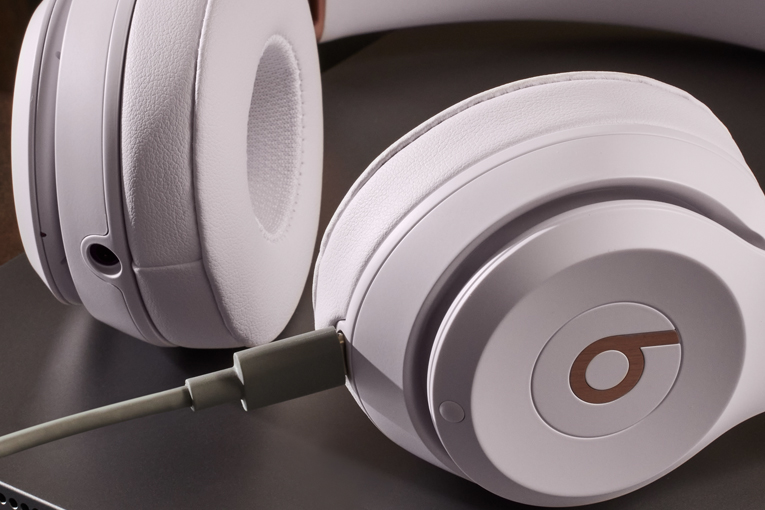
- Details
- Written by: Geoffrey Morrison
Sound: 









Value: 









(Read about our ratings)
Long ago, in the before times, I remember hearing the first Beats Solo headphones. I remember it vividly. I was in the kitchen of Brent Butterworth, former editor of this site and current cohost of the excellent Audio Unleashed podcast. They were . . . remarkable. Remarkable like getting a flat tire on your way to a job interview. They were bad, is what I’m trying to say.
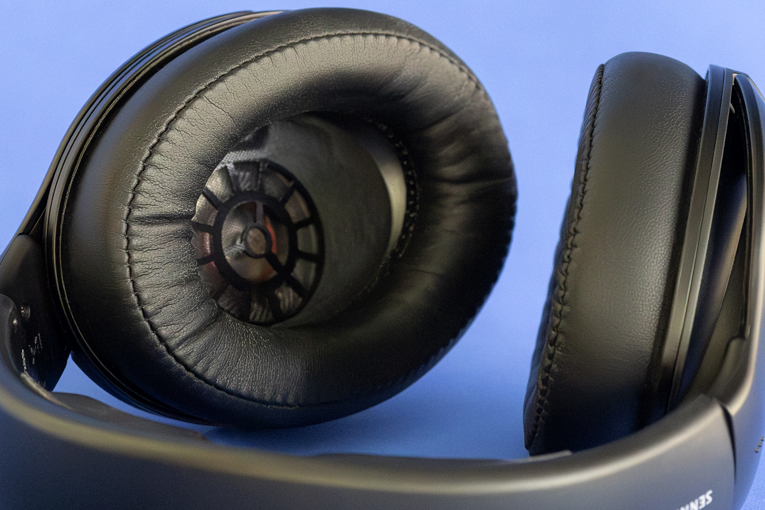
- Details
- Written by: Geoffrey Morrison
Sound: 









Value: 









(Read about our ratings)
It seems like only yesterday I was reviewing a pair of delightful over-ear Sennheiser headphones. But apparently, that was over a year ago. Someone should create an idiom about how time moves quickly. Running maybe? Perhaps something more aerial? That review focused on the HE 660S2s ($499.95, all prices in USD), which are higher-end open-back headphones. At $349.95, Sennheiser’s new HD 620S ’phones are lower in price, and they’re a closed-back design. However, Sennheiser claims that they provide “open sound in a closed-back design.” We shall see.
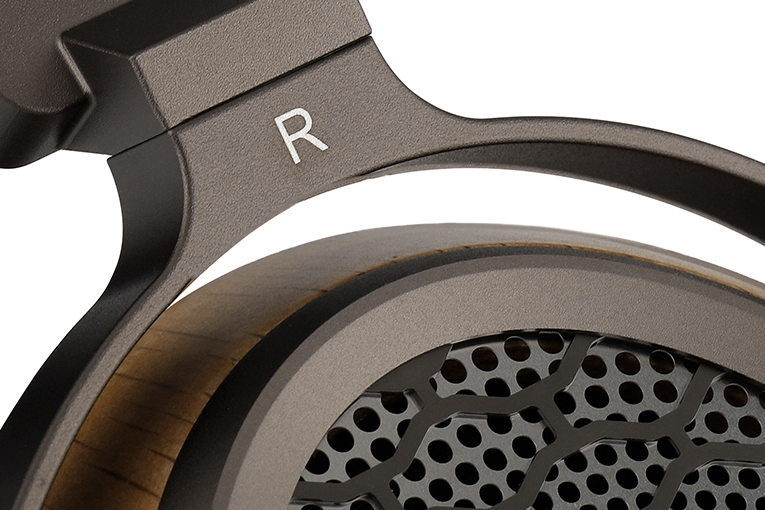
- Details
- Written by: Geoffrey Morrison
Sound: 









Value: 









(Read about our ratings)
In a sea of black plastic, fake chrome, and monochromatic color choices, it’s great to see some gorgeous new headphones. The Sivga P2 Pro headphones are a stunning combination of oak, leather, and stainless steel. I liked how the Sivga Luan headphones looked when I reviewed them last year, and these are a step above.
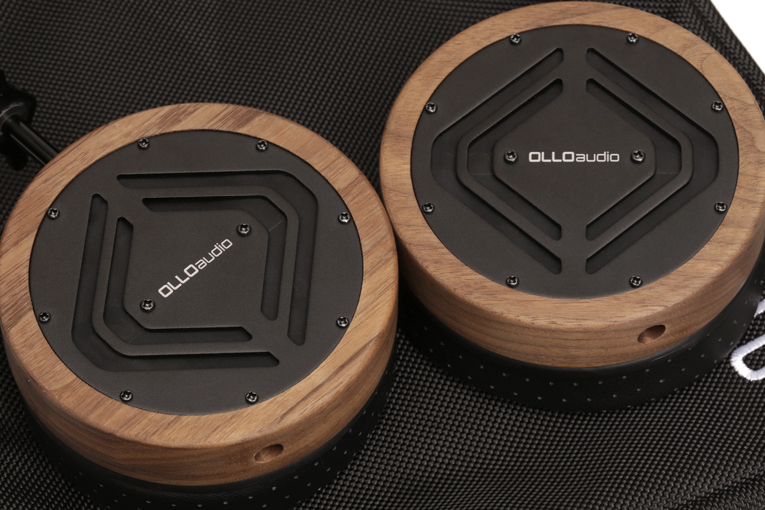
- Details
- Written by: Geoffrey Morrison
Sound: 









Value: 









(Read about our ratings)
 The music you listen to is rarely, if ever, recorded straight from the musician onto a recording medium. There are almost always extra steps, most notably mixing and mastering. There’s a sort of black magic to both processes, and the people who do it well are always in high demand. In short, they’re largely what makes a song sound the way it does. A pan here, an EQ tweak there—they let you hear individual instruments (or not), hear the room (or not), and so on.
The music you listen to is rarely, if ever, recorded straight from the musician onto a recording medium. There are almost always extra steps, most notably mixing and mastering. There’s a sort of black magic to both processes, and the people who do it well are always in high demand. In short, they’re largely what makes a song sound the way it does. A pan here, an EQ tweak there—they let you hear individual instruments (or not), hear the room (or not), and so on.
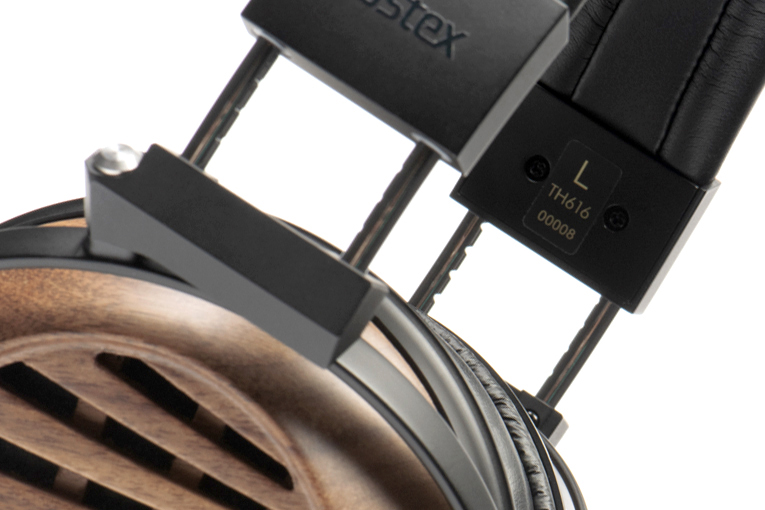
- Details
- Written by: Killain Jones
Sound: 









Value: 









(Read about our ratings)
 At the start of my college career in 2001, I became heavily involved in road cycling. Every day I would spend hours riding my road bike, captivated by the solitude of the climbs in California’s Santa Monica mountains. I was far from a natural climber; I was just too heavy, with too little threshold power. But I loved the long climbs for two distinct reasons: the long, fast descents, and the sense of focus enabled by my Apple earbuds and first-generation iPod. High fidelity was not the goal; having 1000 songs at the touch of a button was. The music provided the fuel that no carbohydrate gel could match, and earbuds were the key.
At the start of my college career in 2001, I became heavily involved in road cycling. Every day I would spend hours riding my road bike, captivated by the solitude of the climbs in California’s Santa Monica mountains. I was far from a natural climber; I was just too heavy, with too little threshold power. But I loved the long climbs for two distinct reasons: the long, fast descents, and the sense of focus enabled by my Apple earbuds and first-generation iPod. High fidelity was not the goal; having 1000 songs at the touch of a button was. The music provided the fuel that no carbohydrate gel could match, and earbuds were the key.
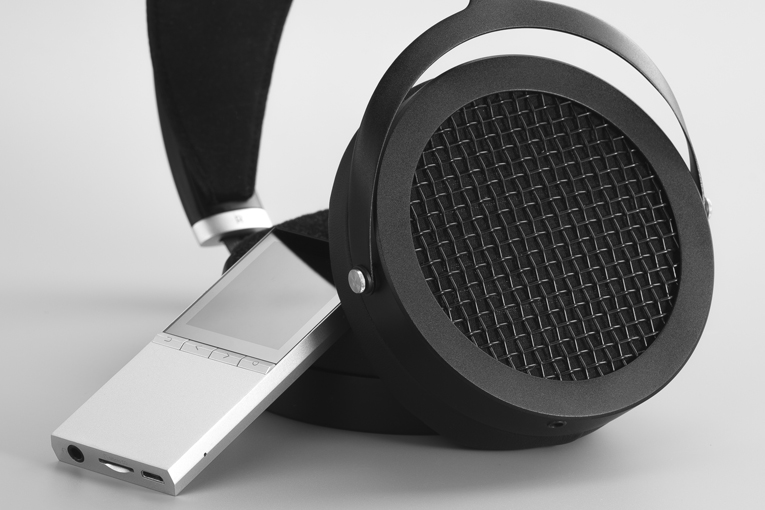
- Details
- Written by: Geoffrey Morrison
Sound: 









Value: 









(Read about our ratings)
In my ongoing project to find some good headphone amps, I sought out a HiFiMan amp for review, but I ended up agreeing to review two different models (both reviews soon). I figured while they were at it, why not throw in some lower-mid-priced open-back headphones? A few years ago, Brent Butterworth reviewed the closed-back version of the Sundara headphones for Solo. At $300 (all prices USD), this open-back design is cheaper. That puts the open-back Sundaras right in the ballpark of some of the heavy hitters of the mainstream headphone market, i.e., the Sonys and Boses of the world. I was curious to find out if the open-back Sundaras could deliver a more “audiophile” experience for the same money.
- PSB M4U 9 Headphones
- Bowers & Wilkins Px7 S2e Headphones
- Beats Studio Pro Headphones
- Sivga Luan Headphones
- Turtle Beach Stealth Pro Gaming Headphones
- Yamaha YH-5000SE Headphones
- Sennheiser HD 660S2 Headphones
- Sony WH-1000XM5 Headphones
- Edifier WH950NB Headphones
- Audeze LCD-5 Headphones
- Sennheiser Momentum 4 Wireless Headphones
- Focal Utopia 2022 Headphones
- Crosszone CZ-10 Headphones
- Sivga Oriole Headphones
- HiFiMan Sundara Closed-Back Headphones
- Focal Bathys Bluetooth Noise-Canceling Headphones
- Meze Audio 109 Pro Headphones
- Sivga SV023 Headphones
- Phiaton 900 Legacy Bluetooth Headphones
- Technics EAH-A800 Bluetooth Headphones
- Edifier Stax Spirit S3 Bluetooth Headphones
- HiFiMan Deva Pro Bluetooth Headphones
- V-Moda Crossfade 2 Wireless Rolling Stones Tattoo You Headphones
- HiFiMan Arya Stealth Magnet Version Headphones
- PSB M4U 8 MKII Bluetooth Noise-Canceling Headphones
- Monoprice Monolith M1570C Headphones
- Meze Audio Liric Headphones
- Grado RS2x Headphones
- Sendy Audio Apollo Headphones
- Mark Levinson N⁰ 5909 Bluetooth Noise-Canceling Headphones
- Soundcore Frames Bluetooth Glasses
- Monoprice Monolith AMT Headphones
- Apos Audio Caspian Headphones
- Beyerdynamic DT 900 Pro X Headphones
- Philips Fidelio L3 Bluetooth Noise-Canceling Headphones
- Austrian Audio Hi-X65 Headphones
- Sendy Audio Peacock Headphones
- Meze Audio Elite Headphones
- Focal Celestee Headphones
- Sivga P-II Headphones
- AKG K72 Headphones
- Soundcore Life Q35 Bluetooth Headphones
- DALI IO-4 Bluetooth Headphones
- HiFiMan HE400se Headphones
- Bowers & Wilkins PX7 Carbon Edition Bluetooth Headphones
- Yamaha YH-E700A Bluetooth Headphones
- Emotiva Airmotiv GR1 Headphones
- Master & Dynamic MH40 Bluetooth Headphones
- Calyx H Headphones
- Beyerdynamic T1 (3rd Generation) Headphones
- Ultrasone Performance 880 Headphones and Sirius Bluetooth Adapter
- Dan Clark Audio Æon RT Closed Headphones
- Philips Fidelio X3 Headphones
- Beyerdynamic T5 (3rd Generation) Headphones
- HEDD Audio HEDDphone Headphones
- Beyerdynamic DT 770 Studio Headphones
- Focal Utopia Headphones
- AIAIAI TMA-2 HD Wireless Bluetooth Headphones
- HiFiMan Deva Bluetooth Headphones
- Atlantic Technology FS-HR280 Headphones
- Monoprice Monolith M1570 Headphones
- Dan Clark Audio Æon Flow 2 Closed Headphones
- Andover Audio PM-50 Headphones
- Marshall Monitor II A.N.C. Bluetooth Headphones
- Drop + THX Panda Bluetooth Headphones
- DALI IO-6 Bluetooth Noise-Canceling Headphones
- Monoprice Monolith M570 Headphones
- Audeze LCD-1 Headphones
- AKG K371 Headphones
- Beyerdynamic Lagoon ANC Bluetooth Headphones
- Zvox Audio AV50 Bluetooth Noise-Canceling Headphones
- HiFiMan Jade II Headphones and Amplifier
- MEE Audio Matrix Cinema ANC Bluetooth Headphones
- Status Audio BT One Bluetooth Headphones
- Meze Audio Empyrean Headphones
- Denon AH-D7200 Headphones
- Cleer Next Headphones
- Focal Stellia Headphones
- KLH Ultimate One Headphones
- Quad ERA-1 Headphones
- HiFiMan HE6se Headphones
- Fostex T60RP Headphones
- Audeze LCD2 Closed-Back Headphones
- Fostex TH909 Headphones
- Tribit Audio XFree Tune Bluetooth Headphones
- HiFiMan Ananda Headphones
- Focal Elegia Headphones
- Base Audio G12 Headphones
- Monoprice Monolith M650 Headphones
- NAD Viso HP70 Bluetooth Noise-Canceling Headphones
- Audio-Technica ATH-ANC700BT Bluetooth Noise-Canceling Headphones
- B&O Play Beoplay H9i Bluetooth Noise-Canceling Headphones
- Audio-Technica ATH-ADX5000 Headphones
- Marshall Mid A.N.C. Bluetooth Headphones
- Beyerdynamic Aventho Wireless Bluetooth Headphones
- PSB M4U 8 Bluetooth Noise-Canceling Headphones
- Bowers & Wilkins PX Bluetooth Noise-Canceling Headphones
- Klipsch Heritage HP-3 Headphones
- Focal Clear Headphones
- AKG N60 NC Wireless Bluetooth Noise-Canceling Headphones
- Acoustic Research AR-H1 Headphones
- Music Everywhere: Audio-Technica ATH-DSR9BT Bluetooth Headphones
- Sony WH-1000XM2 Wireless Noise-Canceling Headphones
- Sennheiser HD 4.50 BTNC Headphones
- Music Everywhere: Audio-Technica ATH-SR6BTBK Bluetooth Headphones
- JBL E55BT Quincy Edition Headphones
- Music Everywhere: JBL Everest Elite 750NC Wireless Headphones
- Tidal Force Wave 5 Headphones
- Monoprice M1060 Headphones
- HiFiMan Susvara Headphones
- Audio-Technica ATH-DSR7BT Bluetooth Headphones
- Libratone Q Adapt On-Ear Headphones
- Music Everywhere: Koss BT539ik Bluetooth Headphones
- Bowers & Wilkins P9 Signature Headphones
- Blue Ella Headphones
- Beyerdynamic Amiron Home Headphones
- Music Everywhere: Altec Lansing MZX300 Bluetooth Headphones
- Music Everywhere: Koss UR42i Headphones
- HiFiMan HE1000 V2 Headphones
- Final Sonorous III Headphones
- Beyerdynamic T 5 p Headphones
- Audeze Sine Headphones
- Sennheiser HD 630VB Headphones
- Music Everywhere: Audio-Technica ATH-SR5BT Bluetooth Headphones
- AKG N60 NC Headphones
- Music Everywhere: Sennheiser Momentum Wireless Bluetooth Headphones
- Sennheiser HD 800 S Headphones
- Music Everywhere: Audio-Technica ATH-WS99BT Solid Bass Bluetooth Headphones
- RBH Sound HP-2 Headphones
- Pryma 0|1 Headphones
- HiFiMan Edition X Headphones
- JBL Everest Elite 700 Headphones
- Music Everywhere: Audio-Technica ATH-S700BT SonicFuel Bluetooth Headphones
- Definitive Technology Symphony 1 Headphones
- NAD Viso HP30 Headphones
- HiFiMan HE1000 Headphones
- Music Everywhere: Outdoor Tech. Tuis Bluetooth Headphones
- AudioQuest NightHawk Headphones
- Music Everywhere: Koss BT540i Bluetooth Headphones
- Bowers & Wilkins P5 Series 2 Headphones
- Music Everywhere: Audio-Technica ATH-MSR7 Headphones
- Oppo Digital PM-3 Headphones
- Torque Audio t402v Headphones
- Music Everywhere: Polk Audio Hinge Wireless Bluetooth Headphones
- Music Everywhere: Monoprice 10585 Bluetooth Headphones
- Oppo Digital PM-2 Headphones
- Music Everywhere: Jam Transit Bluetooth Headphones
SoundStage! Solo is part of
All contents available on this website are copyrighted by SoundStage!® and Schneider Publishing Inc., unless otherwise noted. All rights reserved.
This site was designed by Karen Fanas and the SoundStage! team.
To contact us, please e-mail info@soundstagenetwork.com





